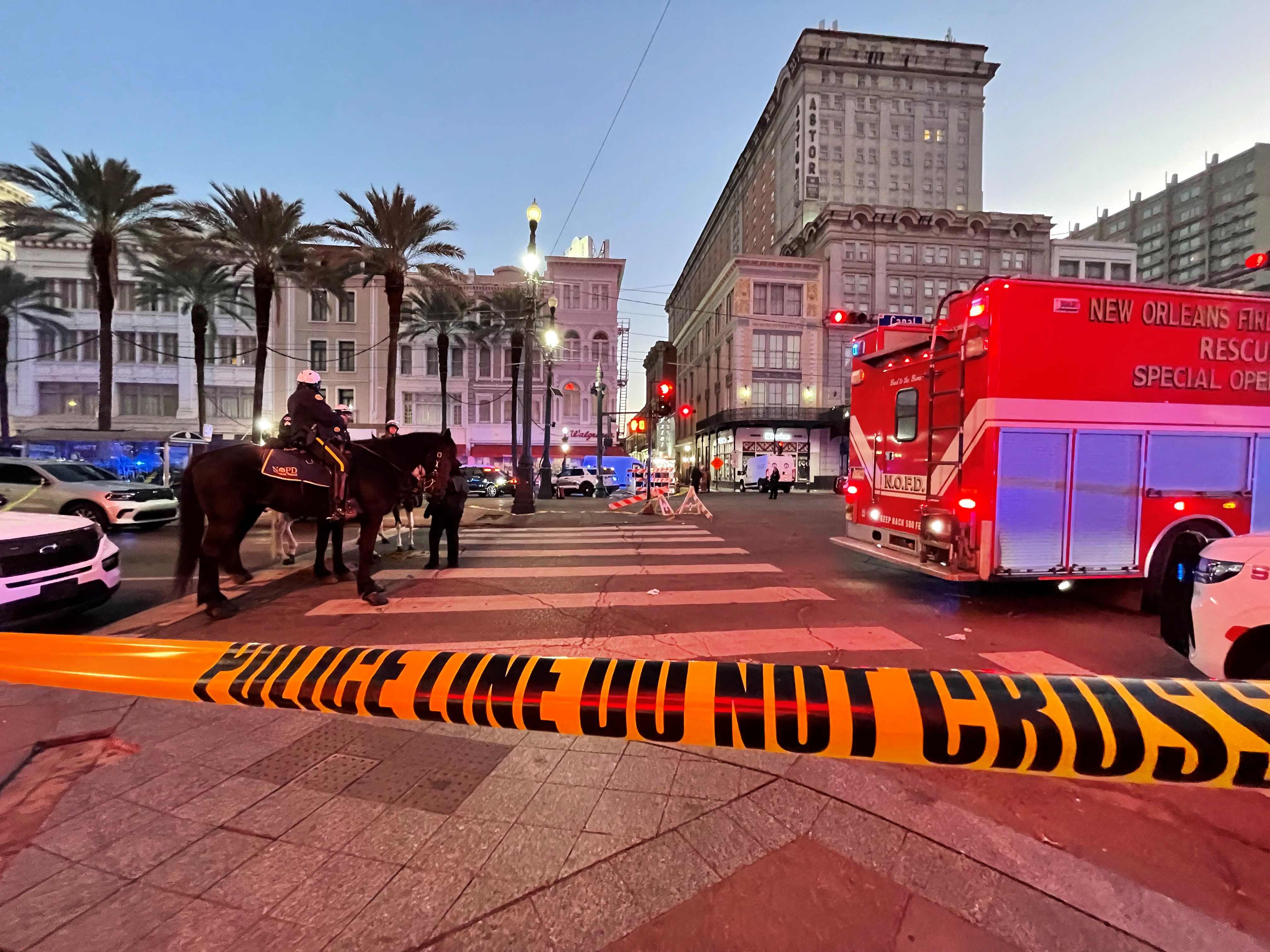
Goodwill is known for saving items from the landfill and giving them a second life — and an artifact that originally belonged to the first president of the United States is no exception.
Two years ago, Virginia collector and veteran Richard "Dana" Moore came across a 6-inch-long piece of linen fabric on Goodwill's auction site. The fragment turned out to be part of George Washington's dining marquee during the Revolutionary War, and it is now on display at the Museum of American Revolution in Philadelphia.
The starting price for this sliver of history had been less than $100 when Moore saw it, hidden among what Goodwill categorizes as "historical documents."
"Just by the appearance, it looked as if it was pretty ancient," Moore said, "It's hard to counterfeit a fragment like that. [But] there was no way to prove it [was real just] by viewing it — this was a shot in the dark."
Fixed to the red, scallop-trimmed fabric with a rusty pin was a handwritten note that read: "a piece of George Washingtons tent, from the history building at Jamestown exposition 1907 property of John Burns Dec 23rd 07."
It had been donated from a Goodwill in Forestville, Maryland.
Moore, who has been collecting old relics in Virginia for more than 45 years, said his heart took one look at the fragment and wanted it for his collection.
U.S. & World
He did his research while watching the price of the item go up. When the price tag passed the $1,000 mark, Moore said he knew other people shared his belief about the fabric's authenticity.
So, he "gambled on it," he said, buying the item for $1,300 two weeks after its initial listing. About 18 others had bid for it.
Feeling out of the loop? We'll catch you up on the Chicago news you need to know. Sign up for the weekly> Chicago Catch-Up newsletter.
Moore hid the purchase for several months from his wife, Susan Bowen.
"When he finally showed it to me, I was pretty skeptical," Bowen said. "There was really no way to prove it [was real]."
The fragment remained in Moore's collection for two years, forgotten among documents and paintings — until one day, a television special on George Washington's tent came on, featuring a speaker from the Museum of the American Revolution.
"My ears pricked up," Moore said. "I got chills all over when I realized this could be an actual fragment from George Washington's campaign tent."
He decided to reach out to the museum.
"We were very excited to learn more about this [fragment] because the museum is home to the sleeping and office marquee George Washington used as part of his headquarters during the Revolutionary War," said exhibition curator Matthew Skic. "From what [Moore] was telling us, it seemed like [the fragment] was a legitimate historical artifact."
After examining the piece, experts at the museum were able to confirm its authenticity. The fragment's trim and linen weave matched what the museum had expected to see, Skic said, as well as the shape of the marquee roof's edging. The note paired with it — dated to 1907 — confirmed to curators that the fabric was real.
"It is a little known fact that the dining marquee was on display at that Jamestown exposition in 1907," Skic said. "The note looks legitimate, the fragment looks legitimate ... and we know there are missing sections of the edging of the dining marquee that this piece may [fill the gap of.]"
Mary Custis Lee, Martha Washington's great-great granddaughter and daughter of Robert E. Lee, owned Washington's tents from the Revolutionary War and had loaned the dining marquee to the 1907 Jamestown exposition in Norfolk, Virginia, according to Skic.
Washington had used two marquees while traveling with his troops — one for dining, which is now in the Smithsonian's collection, and one for his offices and sleeping quarters, which is displayed at the Museum of the American Revolution.
The fabric Moore found had been cut as a souvenir while the tent was on display in Norfolk, according to Skic. He added that the Museum of the American Revolution is in talks with the Smithsonian to get a second look at the dining marquee and see if the puzzle pieces fit.

"The fact that this fragment was cut away at this Jamestown exposition ... opens up the door to a kind of deeper understanding of how George Washington's tent came to be such a strong symbol of the American nation," the curator said.
Moore said he was in awe when the fragment was authenticated.
"I still get shivers, and I still get teared up," he said. "That was quite a moment, to think that this tent was there, when we fought for the beginnings of our country ... a lot of important conversations took place under that fragment of that tent. I'll never have another one of those [types of relics] in my life."
Bowen added that the authentication was "the best part — having someone actually tell you that this is what you thought it might be," she said.
The artifact is an "extremely rare" find, according to Skic, especially because it came with a note that shed light on the circumstances and time period in which the fabric was removed from the tent.
"Washington's tent really served as a tangible connection to the founding of the nation," Skic added.
The artifact, along with eight other fragments separated from various tents over the course of nearly 250 years, are currently a part of the Museum of the American Revolution's exhibit, "Witness to Revolution: The Unlikely Travels of Washington's Tent." They will be on display until the exhibit's closure on January 5, 2025.
Moore said the $1,300 purchase was "absolutely worth it."



